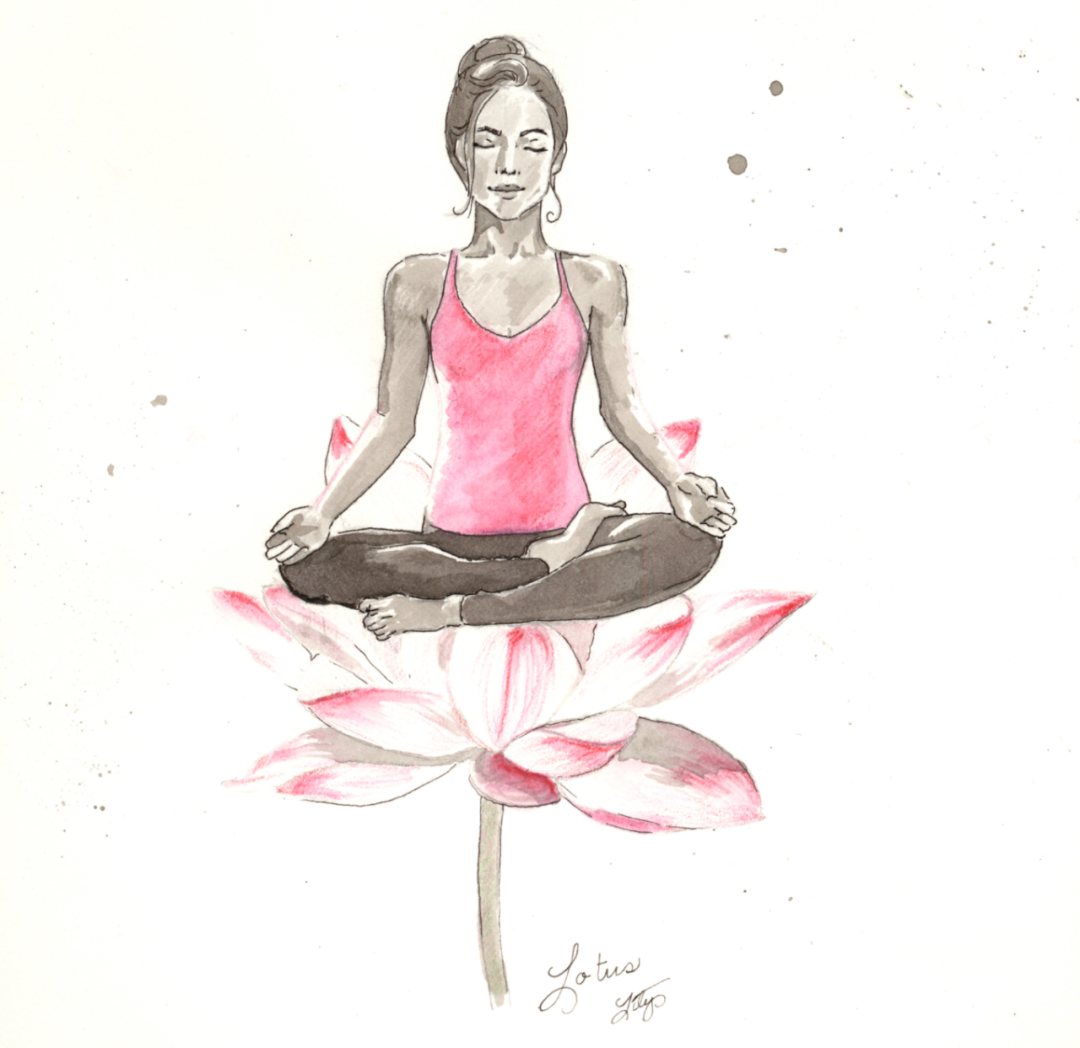Click the “Ashtanga Yoga Road” above to subscribe.

Today, I want to share with you the most useful advice I have received from yoga teachers, which is: doles, feelmore…

Do less, feel more…
I haven’t understood this advice for a long time.
Aren’t we just doing yoga in class? Why should we do less, feel? I can’t even finish my movements.
What do I feel? Later, like a lot of advice that I didn’t understand at the beginning, it was practice that made the seed that the teacher gave me sprout; I finally understand the teacher’s original intention, because most of our “doing” is driven by various habitual physical actions and habitual psychological tendencies; Yoga is to reduce the control of samskara over our body and mind; And doing less and feeling more is an excellent prescription.
Our brains have a tendency to overreact to the external environment and sensory input information, which is inherent in human beings and is caused by the long history of biological development; The human brain and neural reaction mechanism will focus on the most urgent environmental pressure point at any moment.
Once such a most important environmental pressure is locked, the human nervous system will expel all other things and be ready to mobilize all energy to deal with this “environmental threat”.
This action to respond to the environment is very “animal”, Let the primitive human beings survive and multiply in the dangerous environment; But it has become a source of pressure in a safe environment.
When human beings were still in the “prehistoric era”, an excessive and rapid response mechanism to the external environment was very normal, even the key to human survival.
But when we live in such a modern living environment, the mechanism that creatures originally designed to survive in the primitive jungle react to the external environment is still deeply rooted in the primitive roots of the brain, playing a similar role to humans in the jungle tens of millions of years ago, But in an environment where there is no threat of survival (we will never suddenly make food for wild animals or starve to death after missing the animals we hunted), such a response mechanism has brought us a lot of trouble.
One of the biggest problems brought to us by this mechanism is the nervous system that habitually anticipates threats and mobilizes physical responses, leaving us human beings in a permanent and conventional low level of tension, while people often make irrational overreactions to various external stimuli – I’m not just talking about human emotional responses such as anger and aggression; It also includes biological reactions at the body level – for example, various biochemical accumulations eventually lead to chronic diseases – cardiovascular diseases and cancer, etc; In fact, most of the “external stimuli” I mentioned earlier are common phenomena in modern life: for example, tomorrow’s “deadline”, the boss’s reprimand, the workplace’s dissatisfaction, the sudden insertion of the car in front of you, the angry complaints of customers, the bills at the end of the month, the shopping carts on the Double 11 Festival, the enthusiasm of New Year family and relatives and friends groups for single you…
It is just such a kind of life, seemingly normal threat prediction mechanism, Let our bodies make the internal neurochemical reactions that need seconds to start or fight or escape in the deep forest.
As a result, we cannot face the life at this moment without emotion; In other words, because some primitive biological neural reaction mechanism of human beings has not fully evolved, it is difficult for people to have the most real experience of life, and they always live in the bubbles that appear in the brain at all times.
In the process of yoga practice, the mechanism of people’s original focus rule and excessive overwhelming reaction of the nervous system will be presented in the body and brain of each practitioner.
A specific form of expression is the body part where attention is always working hardest at the moment of this action (where I am tight, where I am not open…), or the place where I feel most uncomfortable.
However, there is also a general trend that practitioners generally pay more attention to the front side of the body (related to individual consciousness) rather than the back side of the body (more related to cosmic consciousness).
But if we continue to let this kind of animal neural feedback dominate our body movements during yoga practice, we will miss the energy shape and alignment of asanas.
For example, we yoga practitioners will see a lot of pictures, videos, strategies, and “(collection level)” strategies.
We can see that the knees of Warriors I and II are 90 degrees above the ankles – this must be correct, but if during practice, the focus is completely oriented to “align” the knees of the front legs – I don’t know about you.
If I do, I will feel very tired, and pay more attention to the alignment of this specific part, The more I found out why I had so many problems with alignment, why I was so stupid, and why I practiced yoga for so long in vain All kinds of bubbles appear in my mind, and I feel bad about the next practice.
This kind of exercise not only can’t take us away from the original biological pressure guidance and neural system overreaction mechanism mentioned above, but also strengthens such mechanism..

